I love speed-painting, both competitive speed-painting at conventions and just for fun at home. I think it’s great as a palette cleanser between longer projects. It’s a good way of getting playable, tabletop-quality figures on the table quickly, and allows you to focus on overall impact and feel rather than on getting all of the details perfect.

In speed-painting, the name of the game is high contrast, dramatic paintjobs which will catch the eye from a distance. Don’t try to make the mini look good up close, that’s just not something you can really accomplish in an hour of painting. Go for eye-catching techniques such as lighting effects and freehand, strong contrasts, and a passable face, and don’t worry about quality blending.
For Karzoug, I went for a strong lighting effect—the mini basically begs for it. The other versions I’ve seen use ordinary flame-colored flames, so for my version I opted for a more unnatural fire, as befits a necromancer.

Unlike the rest of the minis I’m showing today, Karzoug was not painted at a convention, so I actually got to give him a half-decent prep job instead of having to deal with giant mold-lines and dusty primer, and I got to use my own brushes. (Bringing your own sables to convention speed-painting events is generally considered cheating.)

Every convention has its own speed-painting rules, but the basic idea is that everyone is given the same miniature—contestants usually have no idea what it will be ahead of time—and have to paint it as well as they can within the time allotted. You normally get 45 minutes; championship rounds often last an hour. Use of personal materials is generally not permitted, so you’re sometimes painting with really terrible brushes, though sometimes you get lucky. Provided minis are assembled and primed (often not terribly well, since the people prepping them have several hundred other minis to prep and don’t care much about the end result). Getting a decent finished product in this environment is challenging, to say the least. So please don’t judge these minis too harshly. 🙂

Zombies make very good speed-paints. Messiness is usually inevitable, but on zombies it’s a plus. This zombie was painted in the speed-paint at KublaCon, which only provides contestants with one brush each. My favorite speed-painting technique being two-brush blending, I had to improvise. Fortunately, if you are sufficiently practiced, it is possible to two-brush blend with a single brush. 😛

I had the good fortune of painting this anteater twice, in two consecutive years of speed-painting at KublaCon. He is a tiny one-piece mini, produced by Zombiesmith who are great for always sponsoring KublaCon mini events. Small one-piece sculpts are ideal for speed-painting, because it’s very fast to cover the entire mini with paint. This gives you plenty of time to pull off more inventive decorations such as freehand, and causes me to occasionally annoy other contestants as I wonder aloud, “What am I going to do with all this time?”

In the case of this anteater (technically a Quar) and his large flat back, that would be freehand decoration, of course. The first year I went with “hell angel” (it was faster and easier to leave off the esses, and still makes sense) and a pentagram, which seemed appropriate for a gun-toting bad-guy. The second year I wanted to do something different, so I ended up going in totally the opposite direction with a peace symbol on tie-dye. The idea cracked me up when I thought of it, so I hoped the judge would like it too. Both placed first in their respective rounds.

This is Kubla, con mascot for KublaCon. For the championship speed-paint round, they always use the convention figure, which is fun and gives you some extra time to plan (not that I ever remember to use it). This was not my best speed-paint however, and I only placed third that year (2015).

I did much better in 2016, when I managed to win all four of the rounds I entered, including the championships. This grot was from the first round I entered, and was a great little blast from the past. He’s another tiny one-piece model, so I had lots of time to freehand in horrible ’90s-style checkerboards and hazard stripes. I think it suits the model.

You can tell I spent way more time on the front than the back. Strategy!
Sadly this grot and the tie-dyed Quar are the only figures I managed to hang onto from KublaCon 2016. One figure I gave away, and the championship round figure I either misplaced or it, erm, wandered off.

Privateer Press’ gobber rogue, another tiny one-piece figure! This was from the speed-painting competition at Gen Con, which tends to be a bit more competitive than the speed-painting at KublaCon since it draws a bigger audience. I’m really happy with how the face and the rusted daggers came out, and I stole the idea for flowers on the base from another speed-painter. Sadly he only came in second, but that was enough to qualify me for the championship round… where I again came in second. Phooey!

And finally, this is perhaps my favorite speed-paint of all time. It’s a bit impressionistic, but I managed really strong contrasts and the overall colors work pretty well. I’m especially happy with how the rocket came out. One of my painter friends complained about the very visible brush-strokes on the back, but those were intentional, to show the gleam of the metal, and also a bit of the texture (if you look closely, you can see the brushstrokes are horizontal on the nose-cone and vertical along the shaft of the rocket).

This was from the Wyrd championship speed-paint at Gen Con, where I managed to finish first, beating the woman who beat me in the Privateer Press championships (and collecting a bounty!)
P.S. I promise to be back showing actually-well-painted models (and not just well-painted-for-45-minutes models) later this week. I have lots of minis from the Gen Con painting competitions that I’ve been dying to show off.
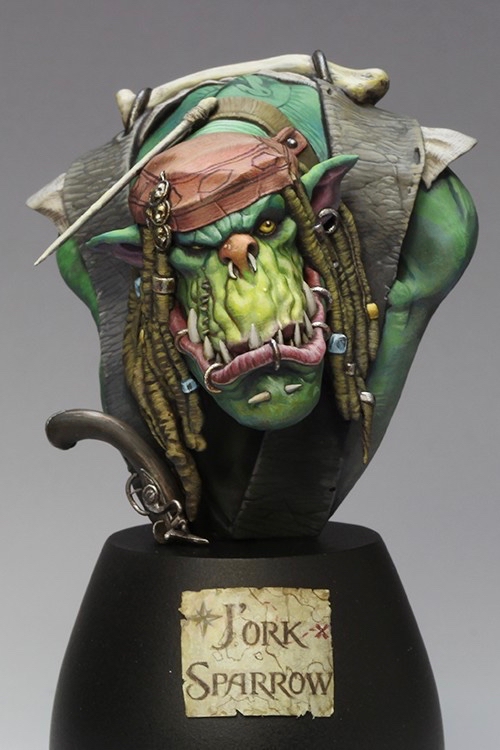
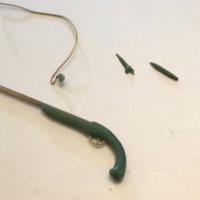
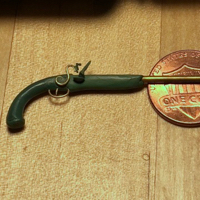
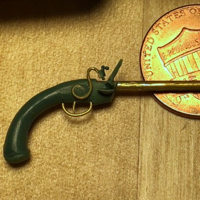
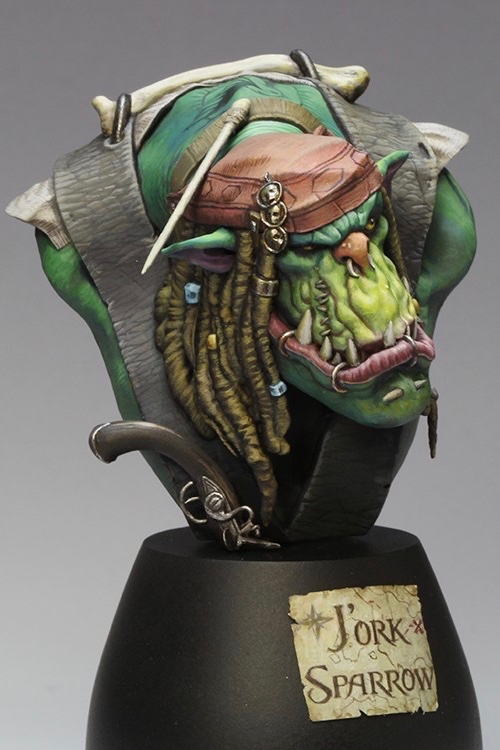
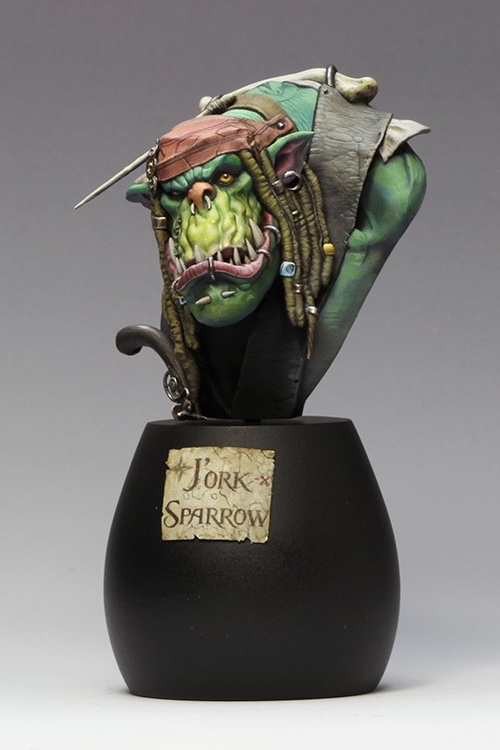
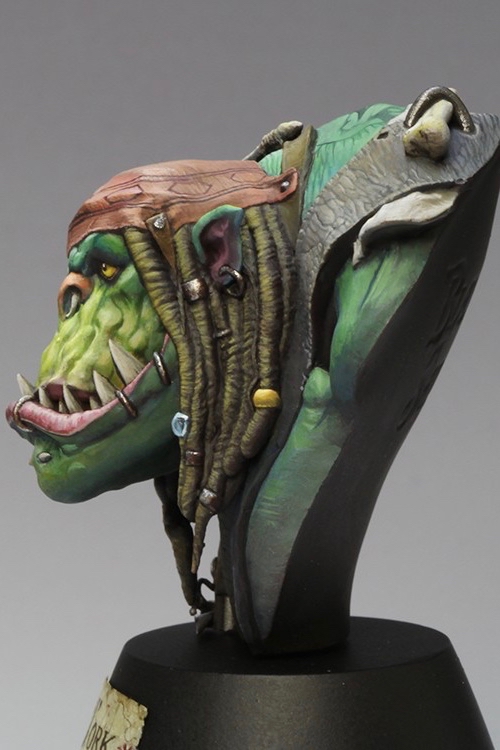
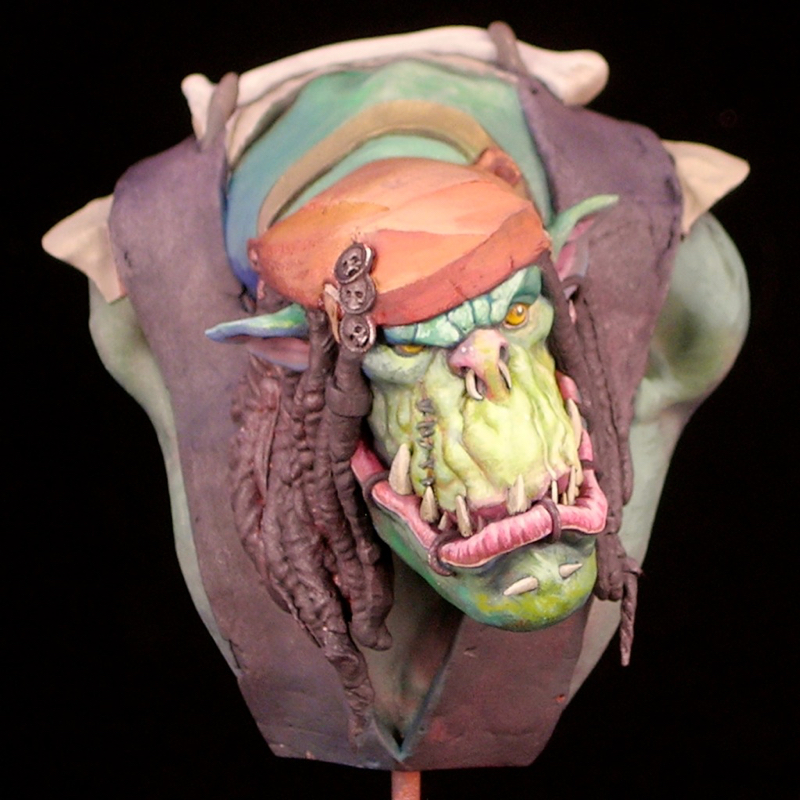
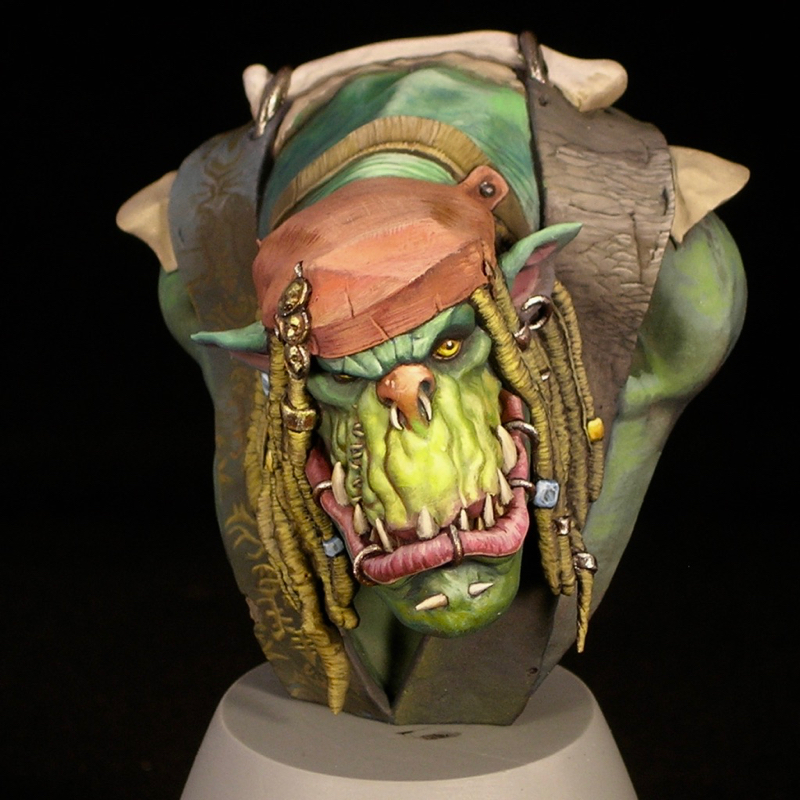
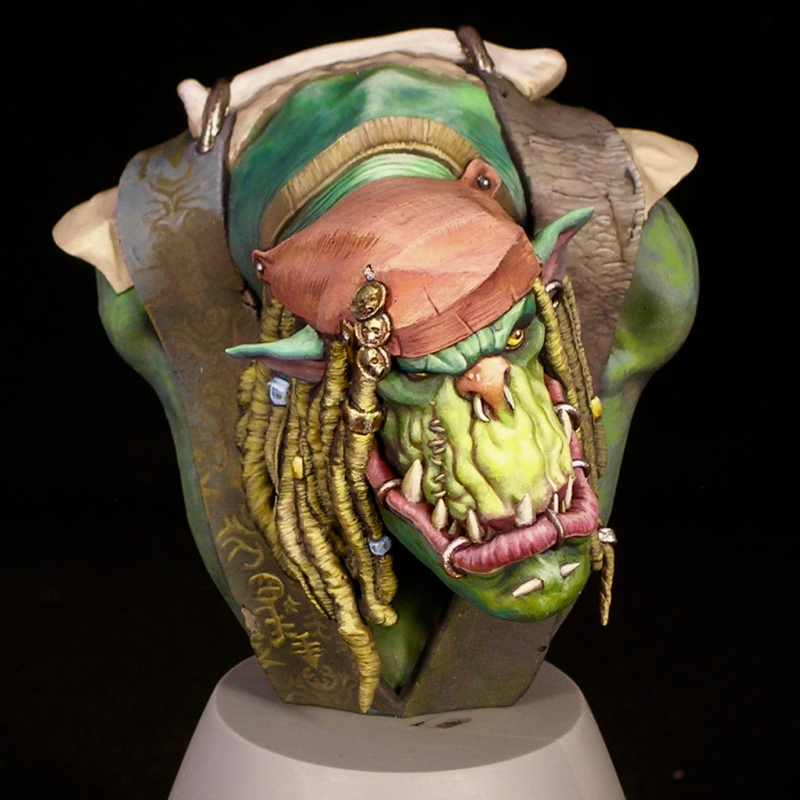
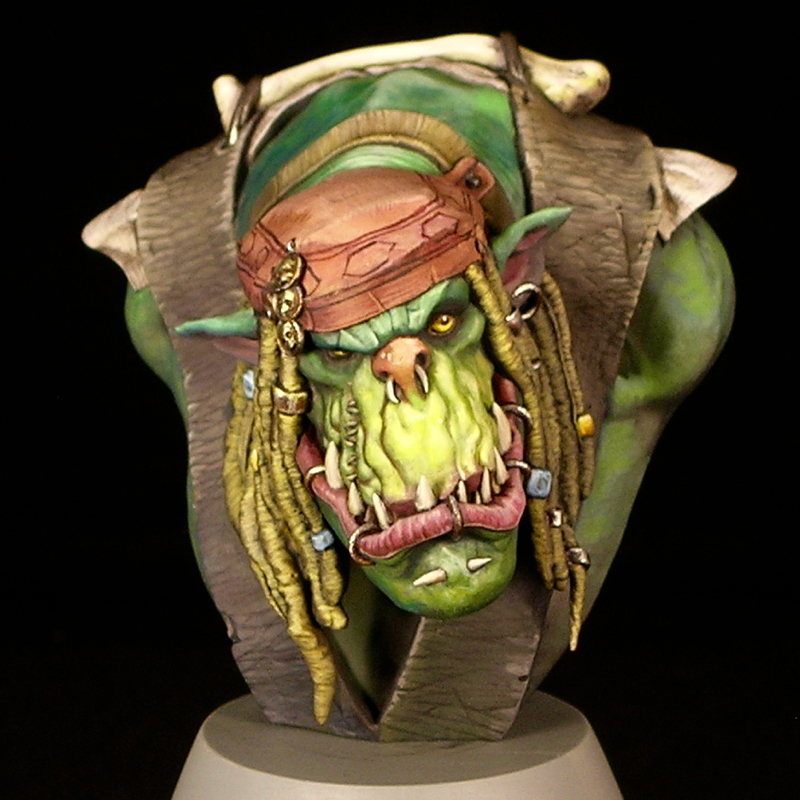
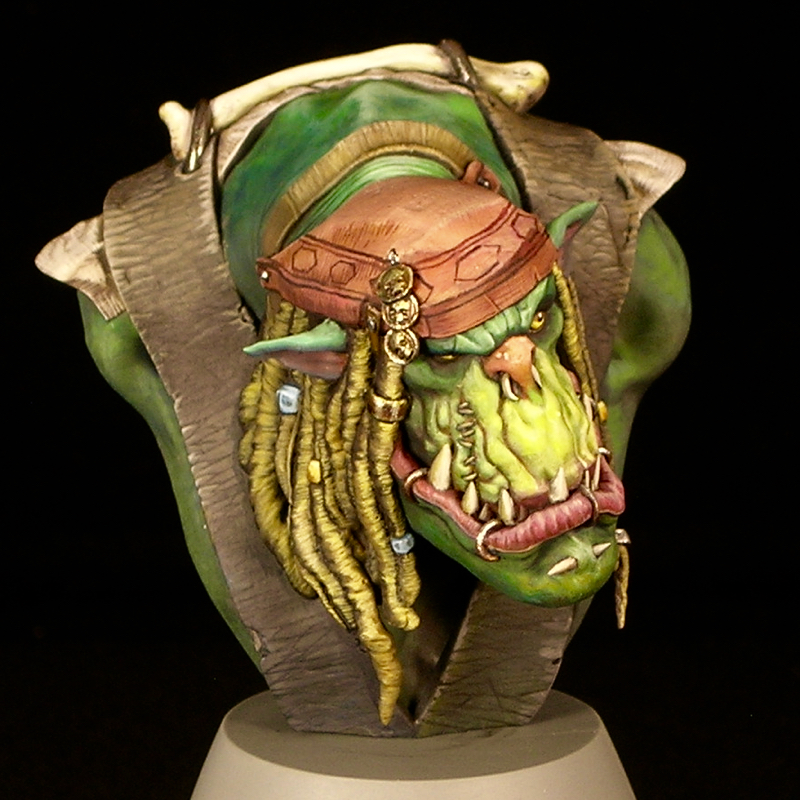
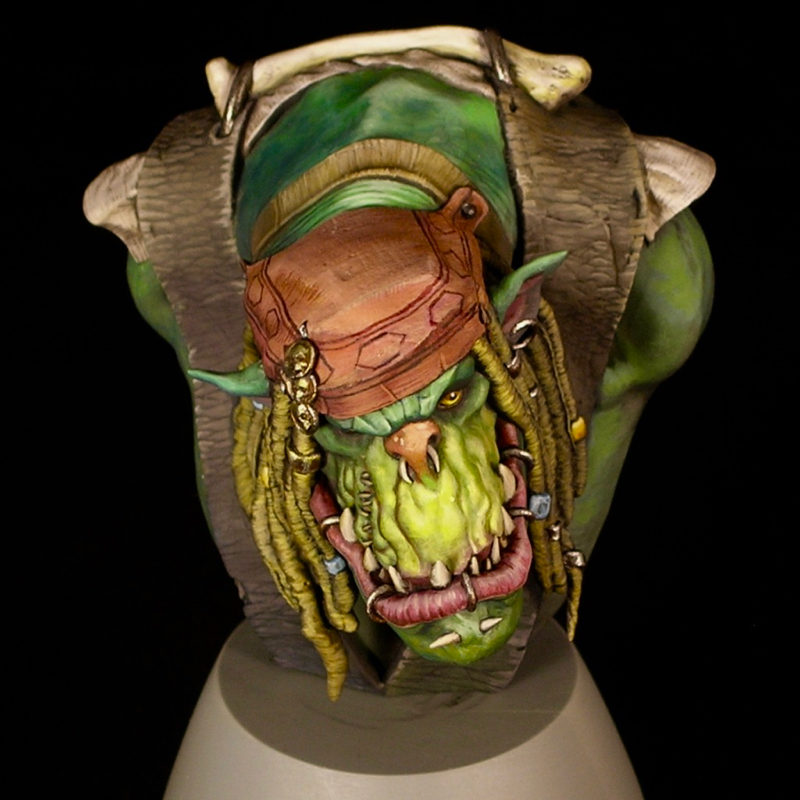
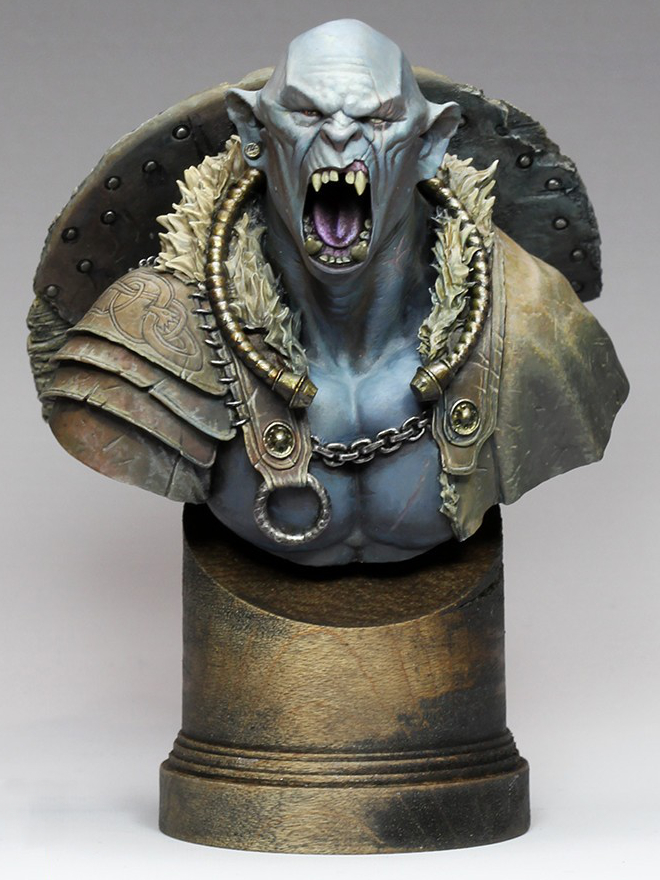
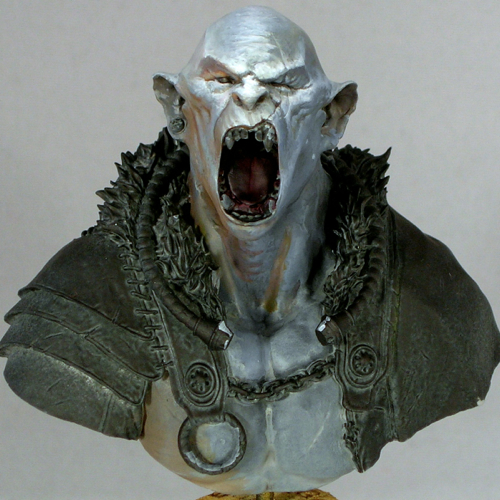

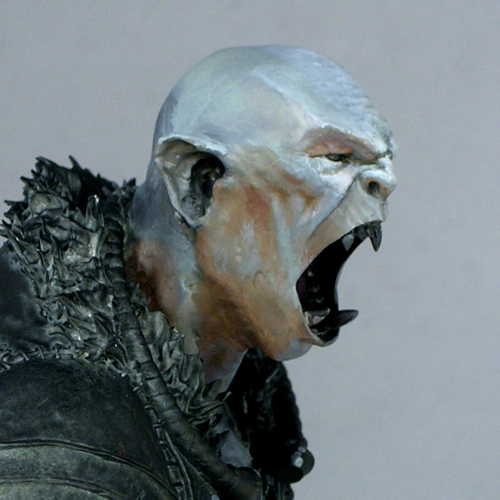
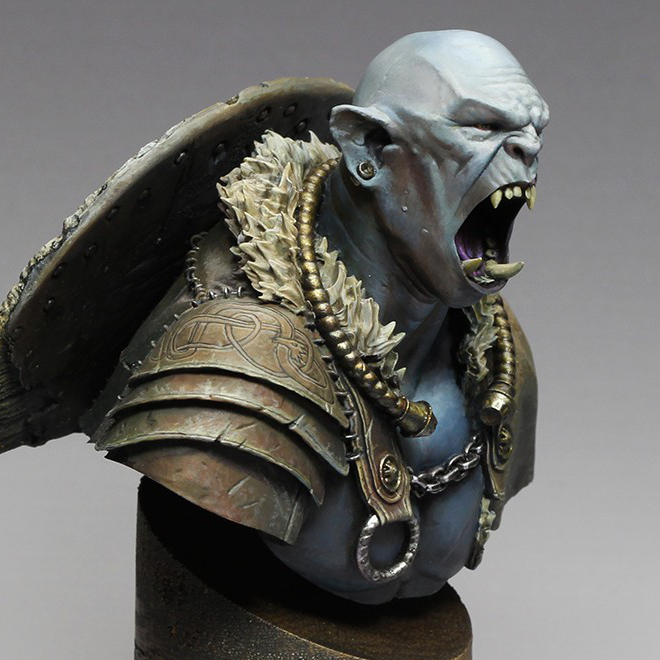
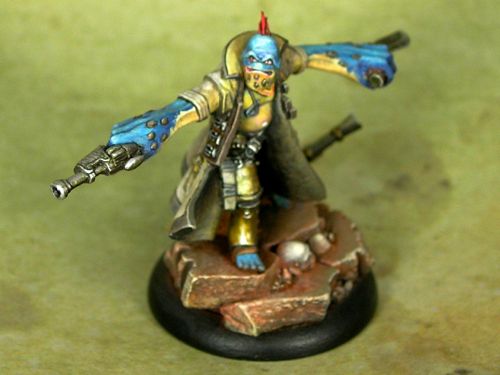
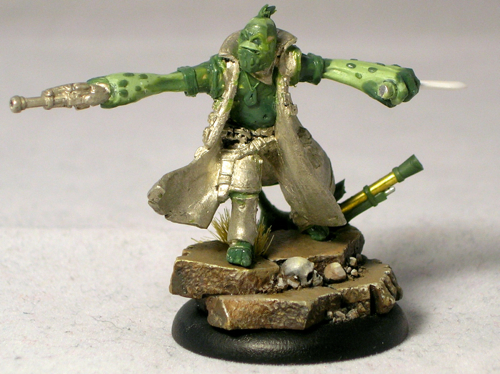
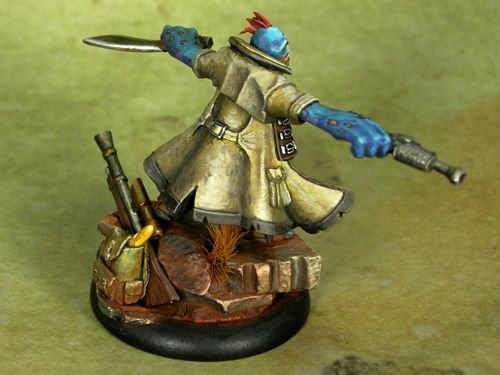
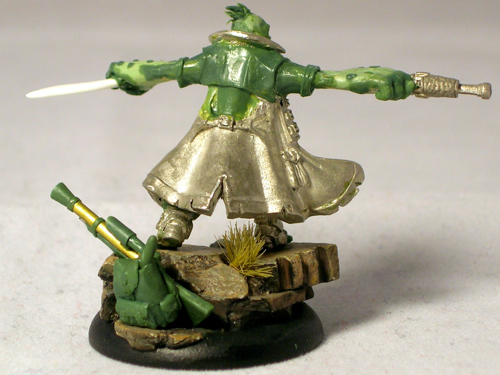
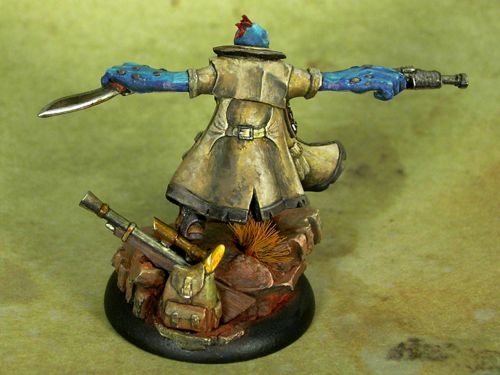
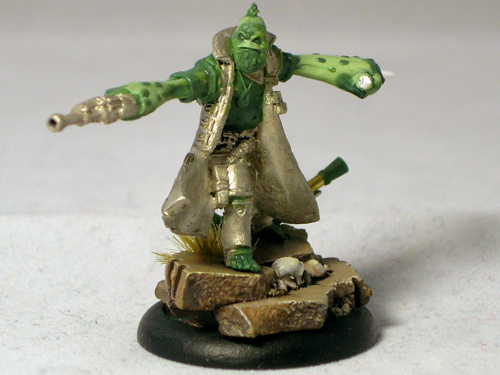
















































Recent Comments